Why You Need Lanolin for Your Wool Covers
When it comes to cloth nappying, wool covers are a popular choice for their natural properties and superior performance. However, if you're new to using wool covers, you might be wondering, "Do I really need lanolin?" In this blog post, we’ll explain why lanolin is essential for your wool covers and how to use it effectively to get the best out of your investment.
Why Wool Covers Need Lanolin
Wool is a natural fiber known for its breathability, temperature regulation, and absorbency. However, to maintain its waterproof qualities, wool needs to be treated with lanolin after each wash. Lanolin is a natural oil found in sheep's wool that provides several benefits:
- Waterproofing: Lanolin helps make wool water-resistant, allowing it to hold moisture without leaking. This is crucial for preventing leaks and keeping your baby dry.
- Odor Resistance: Lanolin has natural antibacterial properties that help prevent odors from developing in the wool cover.
- Softness: Lanolin keeps the wool fibers soft and supple, ensuring your baby's comfort.
How to Lanolize Your Wool Covers
Lanolizing is the process of applying lanolin to your wool covers. It’s simple and doesn’t require frequent applications. You will only need to lanolise your wool cover every 4-8 weeks when your wool is washed. Here’s how you can do it:
- Gather Your Supplies: You’ll need a small amount of lanolin (about a teaspoon), boiling water, luke-warm water, and a bowl or sink.
- Dissolve the Lanolin: In a bowl or sink, dissolve a teaspoon of lanolin in a cup of boiling water. Stir until the lanolin is fully dissolved and the water turns milky. You pay need to add a small squirt of soap to help the lanolin dissolve (emulsify) into the water.
- Decant your Lanolin Mixture: Mix your lanolin mixture into a large bowl of luke warm water.
- Soak the Cover: Place the wool cover in the lanolin bowl solution and let it soak for at least 15-30 minutes. For a thorough lanolization, you can leave it soaking overnight.
- Rinse and Dry: Gently squeeze out the excess water (do not wring) and lay the cover flat to dry. Avoid direct sunlight or heat sources.
How Often Should You Lanolize?
You need to lanolize your wool covers after every wash. Typically, lanolizing every 4-6 weeks is sufficient, or when you notice the cover losing its waterproofing effectiveness or after it is washes. Additionally, spot lanolizing (applying lanolin directly to specific areas) can be done for high-use areas that need extra protection.
How Much Lanolin Do You Need?
One of the great things about lanolin is that a little goes a long way. Our 100g tube of lanolin will last you a long time. Since you only need a teaspoon of lanolin to lanolize one cover, a single tube is sufficient for multiple covers. Here’s a quick breakdown:
- One Tube: 100g of lanolin.
- Usage Per Cover: 1 teaspoon (approximately 5g).
- Total Covers: One tube can lanolize wool covers around 20 times.
Cost-Effective and Efficient
Investing in a 100g tube of lanolin is not only cost-effective but also ensures you have enough to maintain several wool covers. By using the correct amount, you can extend the life and effectiveness of your wool covers without the need for frequent repurchases.
Conclusion
Lanolin is an essential component for maintaining the waterproof qualities of your wool covers. By lanolizing your covers, you ensure they remain water-resistant, odor-free, and comfortable for your baby. With our 100g tube of lanolin, you’ll have more than enough to care for multiple covers, making it a wise and economical choice.
Explore our range of wool covers and lanolin products to ensure your cloth nappying experience is as smooth and effective as possible. For more information, visit our product pages or contact our team for personalized advice.
Happy cloth nappying!



![Swim Nappy Bundle [Ship Oct 5 - 10] - Mimi & Co](http://mimiandco.com.au/cdn/shop/files/swim-nappy-bundle-ship-oct-5-10-5796576.jpg?v=1761125410)

![Toilet Training Undies Pants [Jan Preorder] - Mimi & Co](http://mimiandco.com.au/cdn/shop/files/toilet-training-undies-pants-jan-preorder-6316642.jpg?v=1766216229&width=1200)
![Reusable Bamboo Mimi™ Wipes [5 Pack] - Mimi & Co](http://mimiandco.com.au/cdn/shop/files/reusable-bamboo-mimi-wipes-5-pack-7600782.jpg?v=1761445103)




![Reusable Mimi® Menstrual Underwear [Shipping 31/9] - Mimi & Co](http://mimiandco.com.au/cdn/shop/files/reusable-mimi-menstrual-underwear-shipping-319-6508918.png?v=1759809525)







![One Size Fits Most Preflat [PreOrder] - Mimi & Co](http://mimiandco.com.au/cdn/shop/files/one-size-fits-most-preflat-preorder-761880.webp?v=1759809321&width=104)



![Toilet Training Undies Pants [Jan Preorder] - Mimi & Co](http://mimiandco.com.au/cdn/shop/files/toilet-training-undies-pants-jan-preorder-6316642.jpg?v=1766216229&width=104)



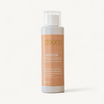
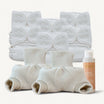
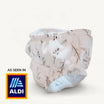
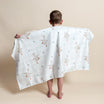

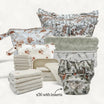
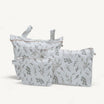
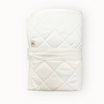
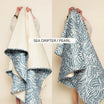
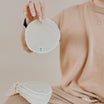
![Reusable Bamboo Wipes [5 Pack] - Mimi & Co](http://mimiandco.com.au/cdn/shop/files/reusable-bamboo-wipes-5-pack-580411.webp?v=1764820089&width=104)
![Organic Cotton Wipes [5 Pack] - Mimi & Co](http://mimiandco.com.au/cdn/shop/files/organic-cotton-wipes-5-pack-7079645.png?v=1759809401&width=104)
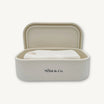
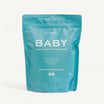
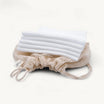

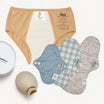
![Reusable Mimi® Menstrual Underwear [Shipping 31/9] - Mimi & Co](http://mimiandco.com.au/cdn/shop/files/reusable-mimi-menstrual-underwear-shipping-319-6508918.png?v=1759809525&width=104)
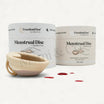

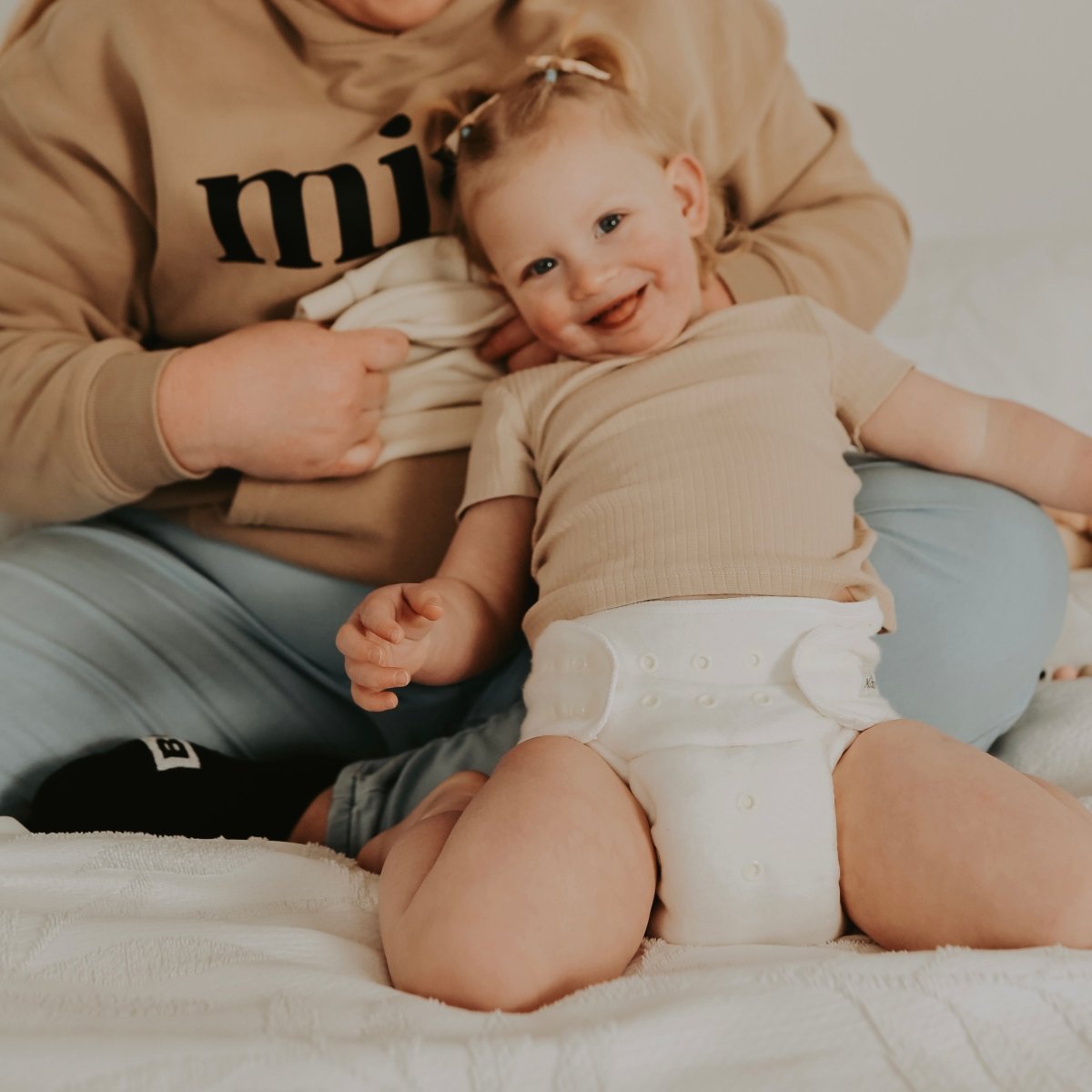
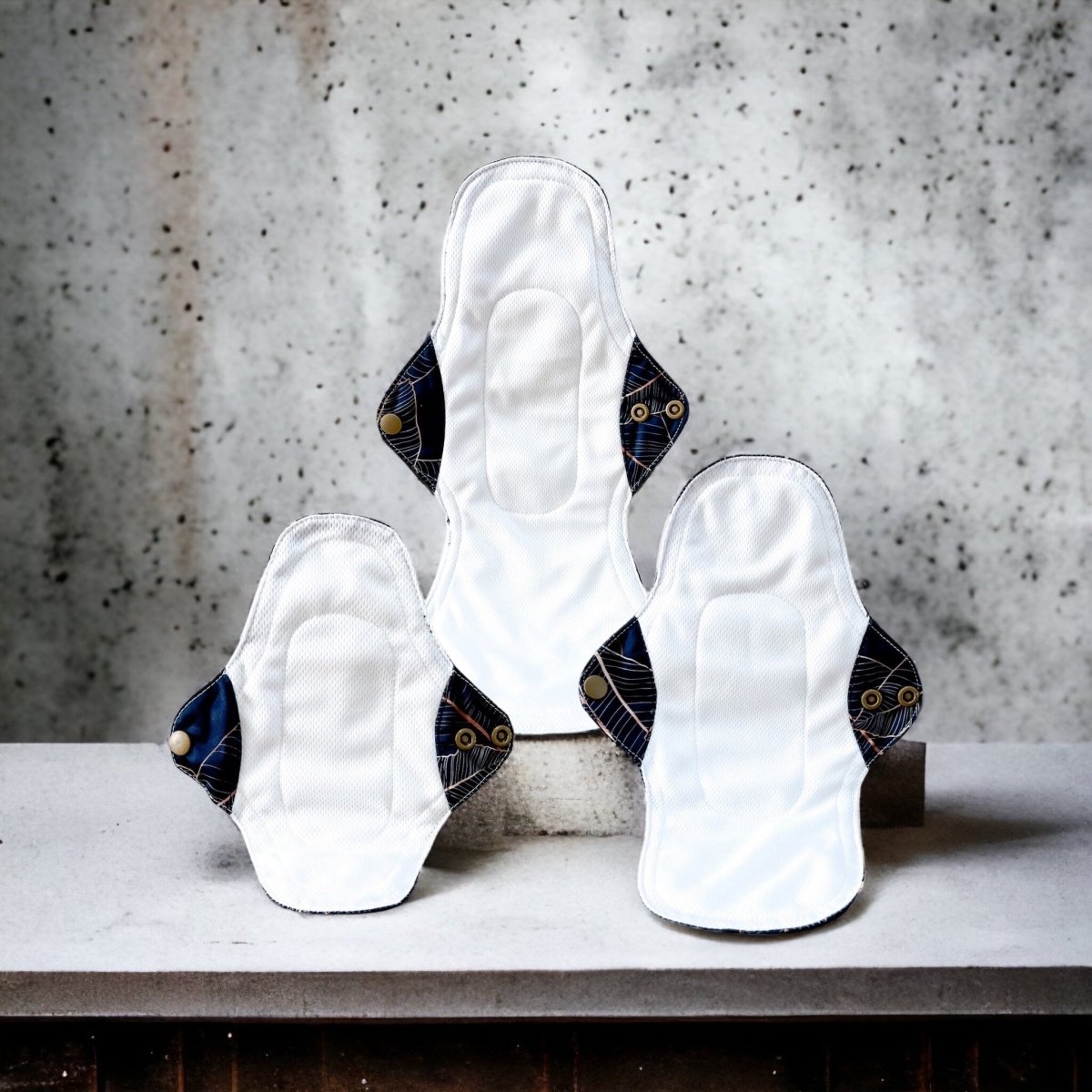
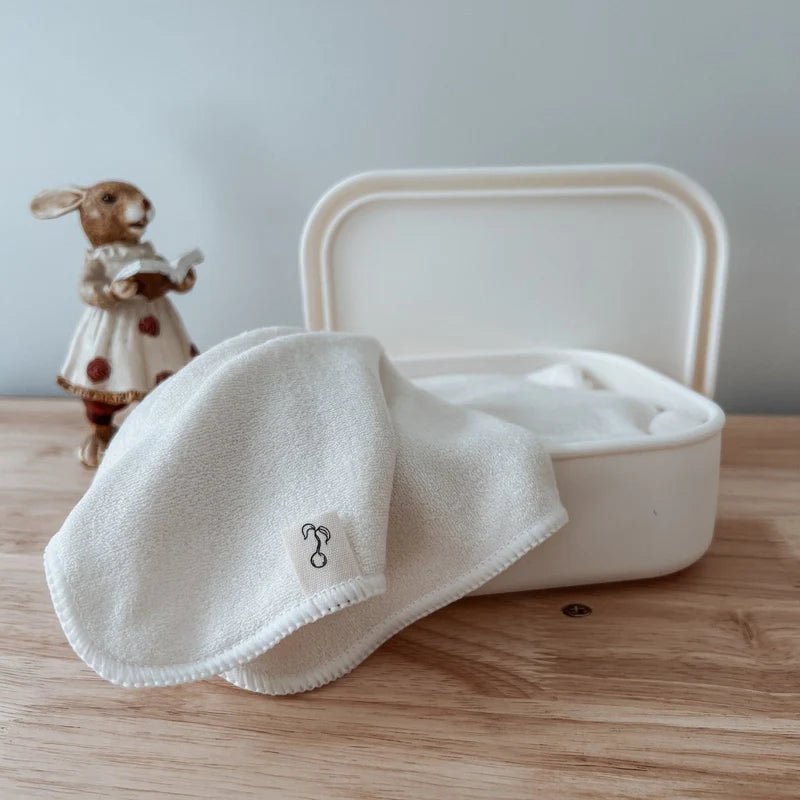




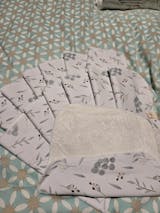
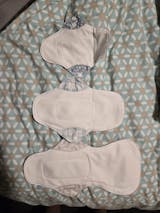
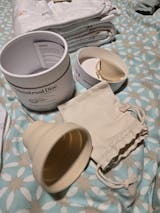
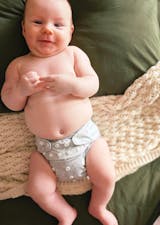
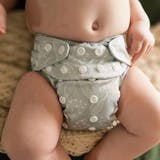
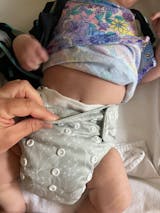
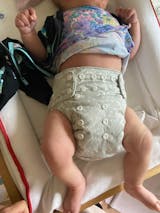
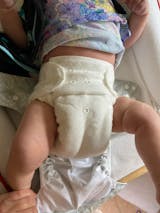
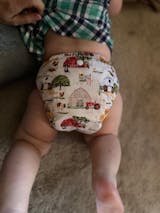
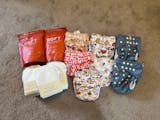
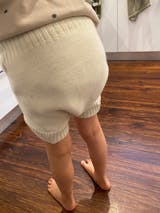

Leave a comment
All comments are moderated before being published.
This site is protected by hCaptcha and the hCaptcha Privacy Policy and Terms of Service apply.